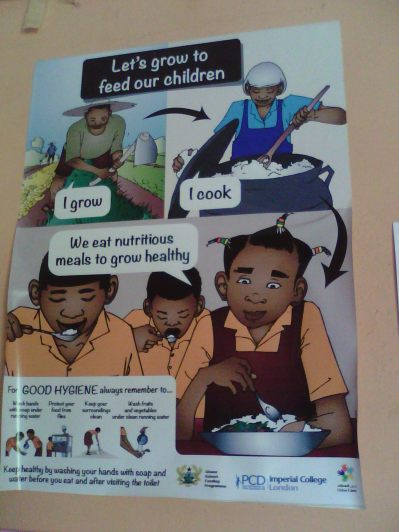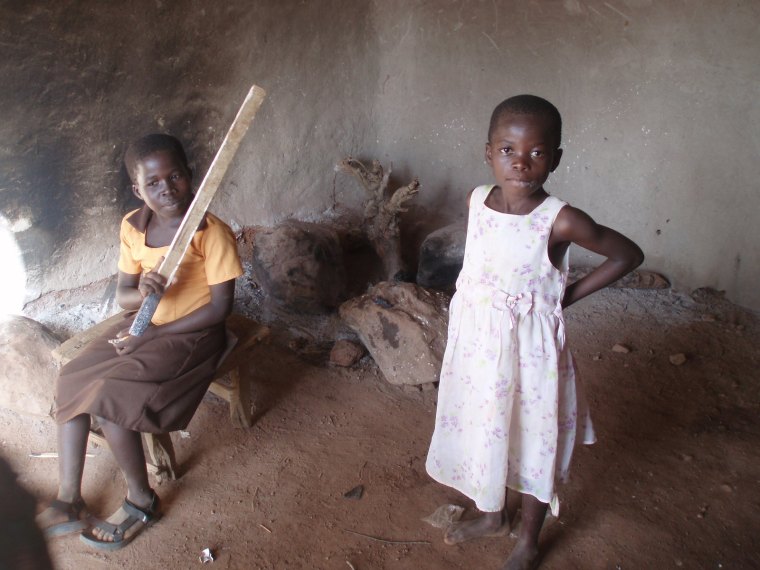On a fine day of August 6, 2016, all of the students and teachers of Kon Yome invested some time for School Linking activities to send their first message to Tallinn, Estonia. The students walked into the jungle to get some clay for crafting. Once the got the material, everyone found a suitable place in front of the school building in the shadow of the big tree and creativity could start flying.
Sai Zin Pha, 8, showed the greatest mastery and productivity: he started by making a buffalo, then a hippo (or was it and elephant?) and then went on to create other creatures and cars. Some other boys were taking tips from this little fellow.
Nang Zarm Pang, 9, made a beautiful flower and was really pleased with her creation.
Three older girls: Nang Kham Aeng (10), Nang Swe Ing (11) and Nang Khin The (11) had an idea to print leaf patterns into clay and when they got praised for their originality, they gathered some more plants and started to share their original idea among the rest of the kids, especially the younger ones.
Sai Zai, 5, kept very quiet and serious all the time and probably decided to wash clay in a bucket with washing water rather than create any kind of figurines.
Sai Zom One, 10, showed great knowledge of architecture and engineering: he modeled a house with clay walls and a roof made of beautiful purple leaves. He naturally confessed that he had copied the idea from the real houses around him and that when he grows up, he would like to build more houses in his village. This little architecture immediately got a follower: Nang Kham Zang, 8
Nang Si Warn, 8, thought that making just a regular flower was not enough, so she created a picture that one can hang on a wall as soon as the clay gets harder.
After crafting was over, the kids showed us some dancing and singing and then went to have a school break.
I guess now they are eagerely waiting for a reply from Tallinn Pae High School students!






































































